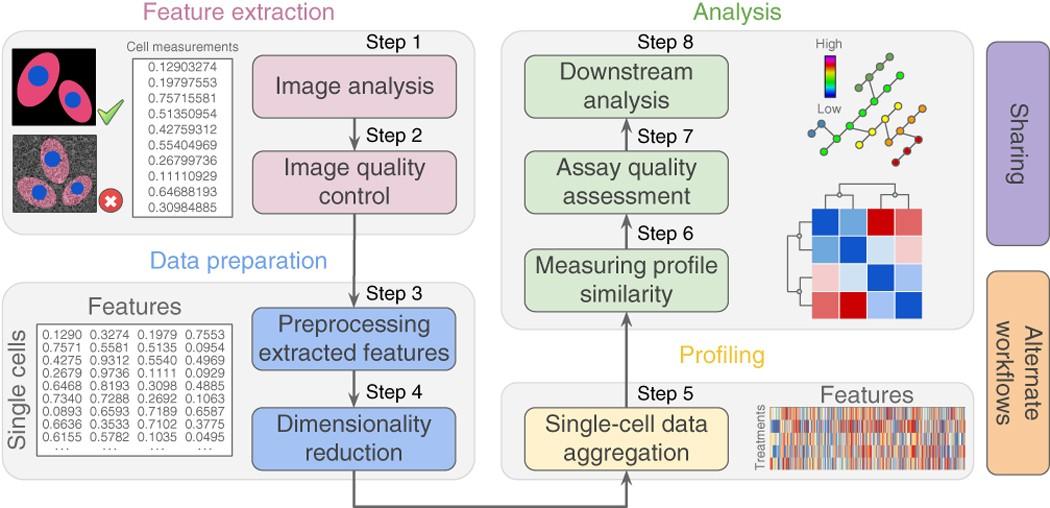How to Measure the Impact of SEL Programs: Proven Strategies and Metrics
In today’s educational landscape, Social and Emotional Learning (SEL) programs have become an essential part of fostering well-rounded students and positive school environments. Though,to justify ongoing investment and betterment,it’s critical to understand how to measure the impact of SEL programs effectively. This comprehensive guide will walk you through proven strategies, key metrics, and practical tips for assessing SEL effectiveness, ensuring you maximize the value of your site’s SEL initiatives.
Why Measuring the Impact of SEL Programs Matters
It’s not enough to simply deploy Social and Emotional Learning programs within schools or communities—their real value is realized through careful evaluation. Measuring impact enables educators and administrators to:
- Demonstrate success to stakeholders and funders
- Identify areas for targeted improvement
- Align SEL objectives with overall institutional goals
- Enhance student well-being and academic achievement
By leveraging proven SEL evaluation strategies and metrics, organizations can ensure their programs deliver meaningful outcomes for students and staff alike.
Proven Strategies to Measure SEL Program Impact
Evaluating Social and Emotional Learning requires a multi-pronged approach, blending qualitative and quantitative methods. Let’s explore some effective strategies:
1. Pre- and Post-Assessments
- Student Self-Assessment surveys: Measure changes in SEL competencies, such as self-awareness, self-management, and relationship skills.
- Teacher Evaluations: Track observable changes in behaviors like collaboration and empathy.
- Standardized SEL Tools: Use established tools like the CASEL framework or DESSA (Devereux Student Strengths Assessment) for consistency and reliability.
2. Behavioral Tracking
- Attendance Rates: Improved attendance often correlates with enhanced SEL skills.
- Disciplinary Incidents: Reduction in suspensions, detentions, or referrals can signal SEL success.
- Participation in school Activities: Increased engagement in extracurriculars and group projects.
3. Academic Performance Analysis
- Observe trends in grades or standardized test scores before and after SEL program implementation.
- Use control groups (students not participating in SEL) for comparison, ensuring your analysis accounts for external variables.
4. Qualitative Feedback Collection
- Focus Groups: Facilitate structured discussions with students,teachers,and parents to gauge perceptions of SEL growth.
- Open-ended Survey Responses: Allow stakeholders to share stories illustrating real-world impact.
- Teacher & Parent Observations: Document anecdotal evidence of improved social and emotional behaviors.
Essential Metrics for SEL Evaluation
When it comes to social and emotional learning, selecting the right SEL measurement metrics is crucial. Here are some of the most effective metrics used:
- self-awareness Index: Scores from surveys indicating students’ understanding of their emotions and strengths
- Relationship Skills Ratings: Frequency of positive interactions with peers and adults
- Responsible Decision-Making: Tracking choices in challenging situations through scenario-based assessments
- Emotion management Scores: Data from tools measuring stress reduction and resilience
- School Climate Surveys: Collective feedback on the learning surroundings’s safety, inclusion, and respect
- Academic Growth Indicators: comparing pre- and post-program academic achievements
case Studies: SEL Impact Measurement in Action
Let’s look at real-world applications of SEL impact measurement:
Case Study 1: City Elementary School
After implementing a CASEL-aligned SEL curriculum, City Elementary administered pre- and post-program surveys.The data revealed:
- 20% higher self-management skills among students
- 25% drop in disciplinary incidents
- Improved school climate ratings from staff and families
Case Study 2: regional High School Collaborative
This high school network used SEL tracking tools and teacher feedback forms. Over one year, they observed:
- Significant increase in attendance rates
- Student-led initiatives promoting empathy and inclusion
- Greater parent engagement in SEL-related activities
Practical Tips for Effective SEL Measurement
- Set Clear Goals: Begin with specific, measurable SEL objectives that align with your school’s mission.
- Choose Appropriate Tools: Select measurement instruments suited for your student population and program type.
- Involve Stakeholders: gather input from teachers, students, families, and administrators.
- Collect Data Regularly: Plan for semesterly or yearly assessments—not just end-of-year check-ins.
- Integrate Technology: Use platforms like Panorama or Kickboard for efficient data gathering and analysis.
- Compare Against Benchmarks: Use historical data or national standards for context.
- Share results Transparently: Communicate findings with all stakeholders, ensuring ongoing support and engagement.
Benefits of measuring SEL Program Outcomes
Prosperous evaluation of SEL programs yields significant advantages:
- Proves Program Effectiveness: Tangible data helps secure funding and buy-in from leadership.
- Guides Program Improvements: Data-driven feedback informs future SEL curriculum and delivery methods.
- Enhances Student Experiences: Helps educators meet students’ evolving social and emotional needs.
- Promotes a Safe, Inclusive Environment: Tracking SEL outcomes supports a culture of respect and collaboration.
First-Hand Experience: Insights from an SEL coordinator
“Implementing SEL tracking at our school was transformative. Not only did we see improved student behavior, but our staff reported feeling more empowered to address emotional challenges. Sharing metrics with parents helped foster trust and stronger community links.”
— Jamie C., SEL Program Coordinator
Conclusion: The Path Forward for SEL Program Measurement
Measuring the impact of SEL programs is no longer an option—it’s a strategic necessity. By focusing on proven SEL metrics and leveraging both qualitative and quantitative data, schools and organizations can maximize student success and well-being. whether you’re just starting or refining your approach, these strategies ensure your SEL measurement and evaluation efforts are both effective and sustainable.
looking for more resources on Social and Emotional Learning? Explore our expert guides and tools for SEL program evaluation to empower your educators, students, and communities.

